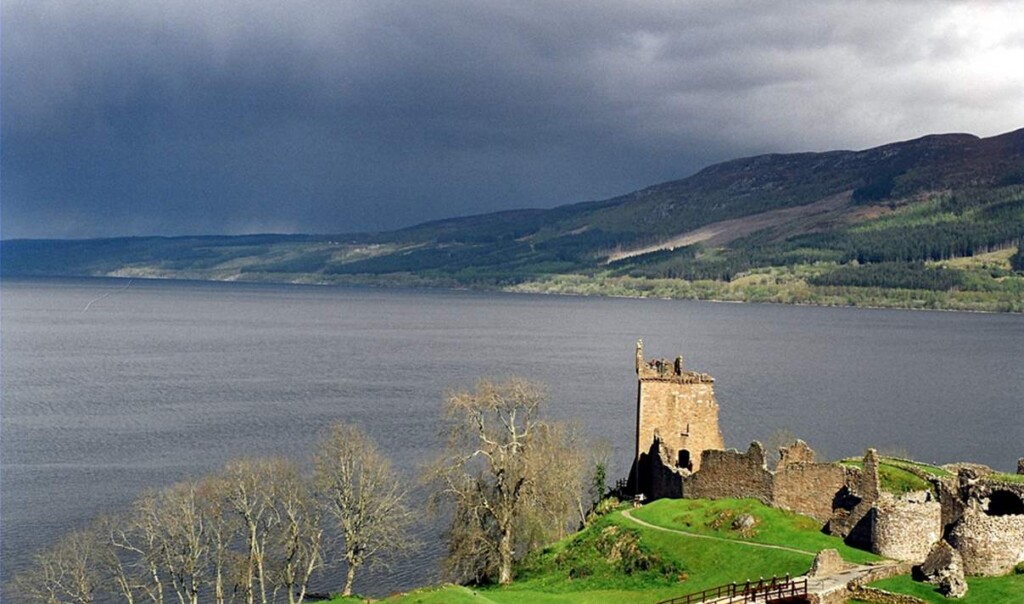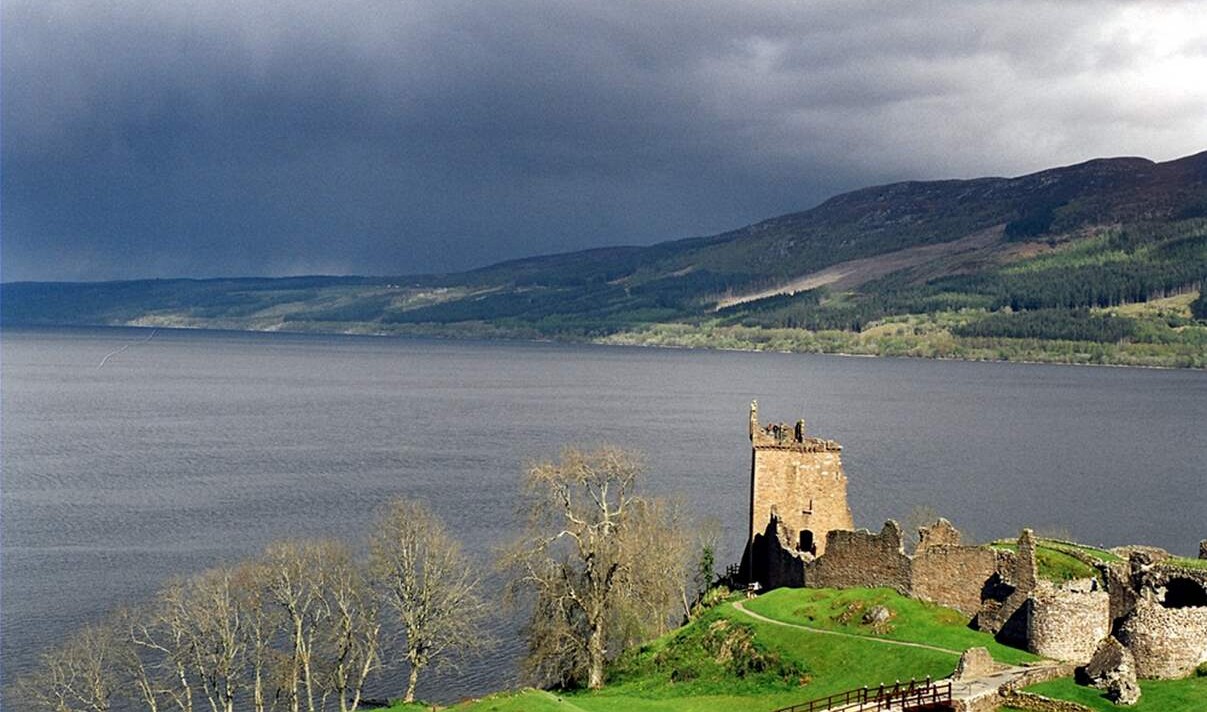
This weekend, the Loch Ness Center is holding the largest-ever search for the mythical monster, and will feature a horde of volunteers wielding hi-tech equipment never-before-used on the lake.
It will be the biggest organized search since 1972, and so many “Nessie” enthusiasts signed up for the search they had to close the web portal.
At 22 square miles and with a maximum depth of 788 feet, Loch Ness is Britain’s largest lake, and its unique ecology will be recorded with hydrophones and surveyed with infrared drones.
Most claims of the Loch Ness Monster over the years have been admitted hoaxes, but it’s possible that once upon a time there could have been a giant wels catfish that would have looked perhaps like a serpent from the surface—imagine living in the 19th century and seeing the back of this great beast, caught this year in Italy’s Po River.
Another possible candidate would be a European eel. Eels are known to live in the river, according to a massive study that examined DNA of every animal in the Loch. European eels move snake-like through the water. Furthermore, they can live about 80 years—which would cover the vast majority of the 1,100 or so recording ‘sightings’ of the monster during the 20th and 21st centuries.
However, they’re not anywhere near as big as a wels, which can grow as long as a surfboard.
MORE MYSTERY HUNTING: ‘Unusual’ Circles Spotted on Mars by the Reconnaissance Orbiter
Paul Nixon, general manager of the Loch Ness Center, said he’s excited to see the waters searched like never before over the weekend.
“We are guardians of this unique story,” Nixon said. “And as well as investing in creating an unforgettable experience for visitors, we are committed to helping continue the search and unveil the mysteries that lie underneath the waters of the famous Loch.”
SHARE This Fun Story With The Scotland-Lovers On Your Social Media…




















